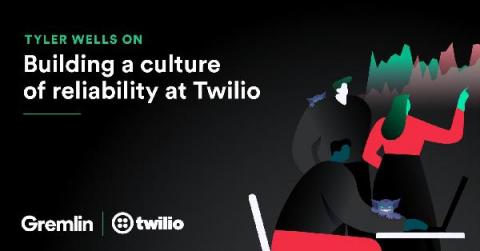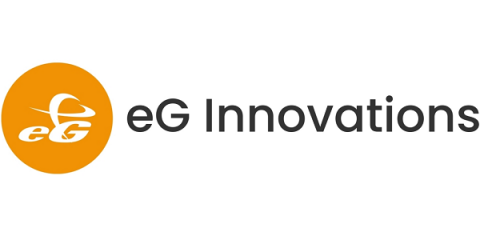Validating the resilience of your API gateway with Chaos Engineering
Get started with Gremlin's Chaos Engineering tools to safely, securely, and simply inject failure into your systems to find weaknesses before they cause customer-facing issues. API gateways are a critical component of distributed systems and cloud-native deployments. They perform many important functions including request routing, caching, user authentication, rate limiting, and metrics collection. However, this means that any failures in your API gateway can put your entire deployment at risk.











